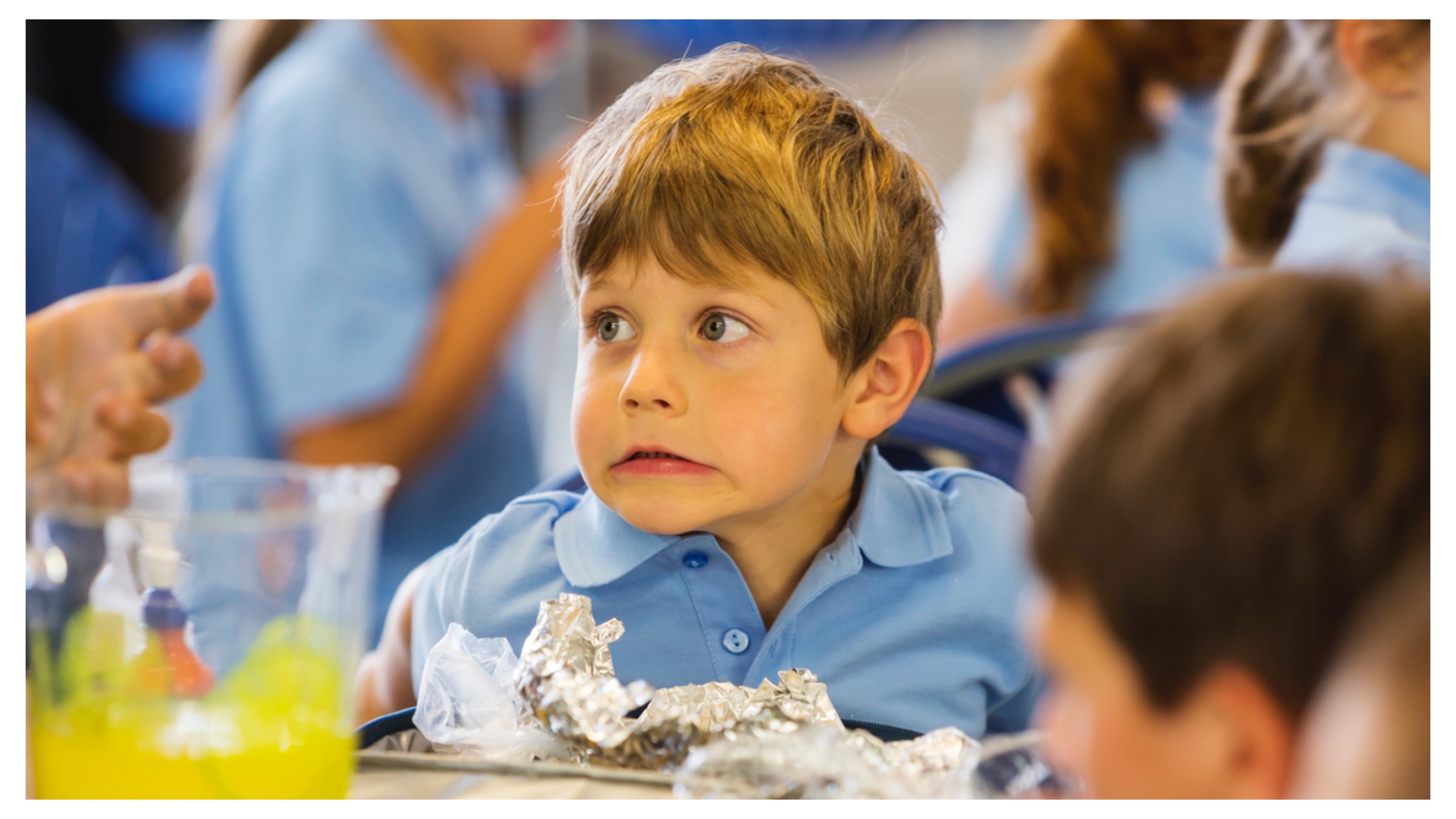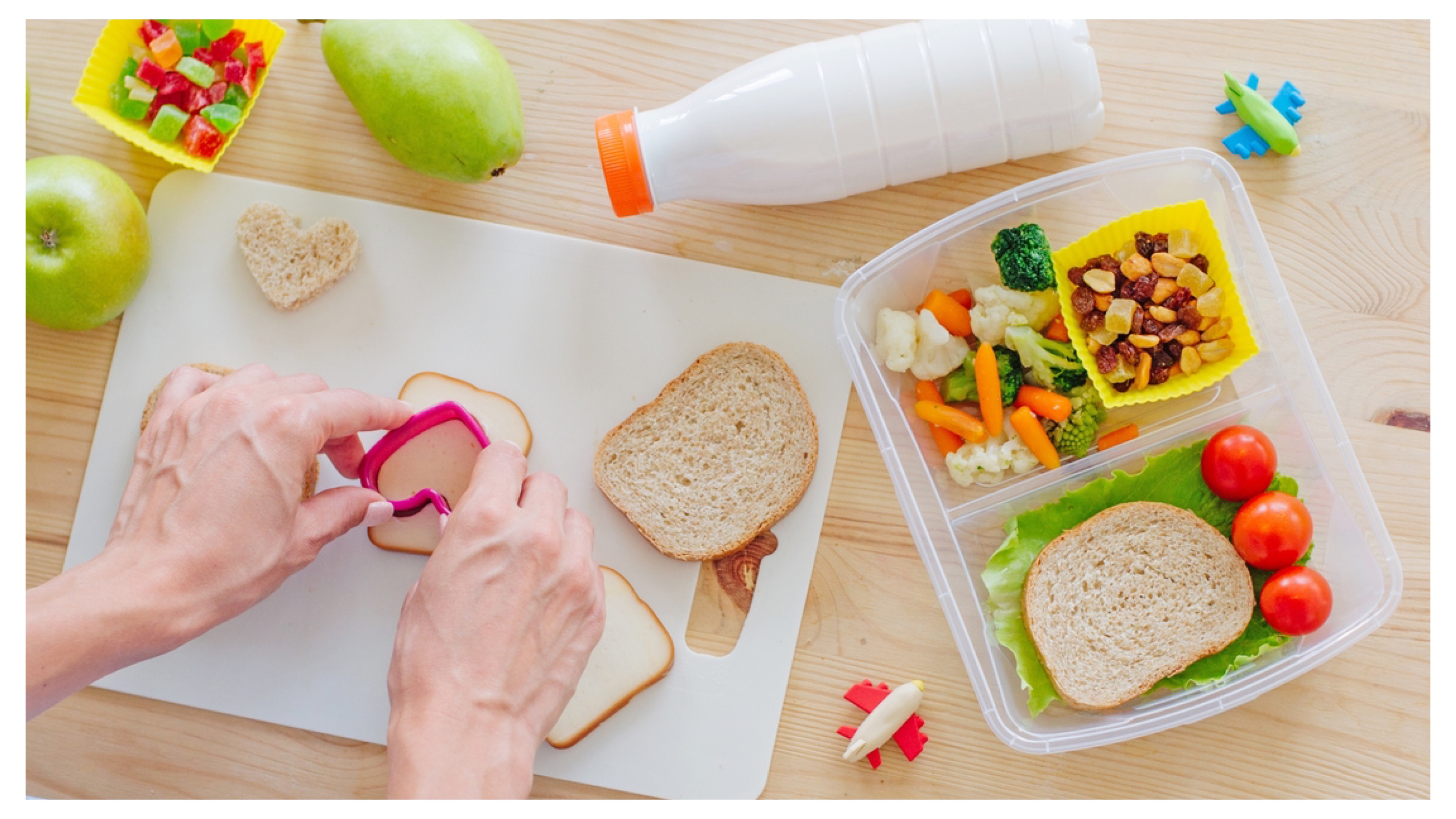
4 Tips for Back-to-School Feeding Success: A 4-Minute Read
As a Mom, I have learned that the emotions and sentiments around back-to-school vary from parent-to-parent and from child-to-child. I always felt sad when it was time for my kids to go back to school, as it meant less free time together, more structure and routine, and that my favourite summer season was coming to an end. On the flip side, were other parents who couldn't wait for their kids to go back-to-school, as they preferred the daily routine/structure and generally found life less chaotic. My two kids had very different feelings about back-to-school as well. My daughter loved school so much that she would "play" teacher and school all summer long and couldn't wait to go back, while my son had extreme anxiety beginning several weeks before the return to class.
As far as back-to-school goes, I think there is one thing that parents are in agreement about...the dreaded school lunches...
-
What's the latest and best lunch box to send?
-
What are the other kids eating?
-
Which foods should I send?
-
Will it stay cold?
-
Will it stay warm?
-
Will it go soggy?
-
Should I make it the night before or the morning of?
-
Will my child have enough time to eat?
The school lunch stress bucket runneth over for parents of children with feeding issues, with the BIGGEST question being...
-
What if my child doesn't eat AT ALL at school?

Below are 4 Quick Tips to Help with Eating Success at School:
1. Prepare Your Child for "School Lunch" Before the Start of School:
Engage your child in helping to pack their lunch so they are not surprised or overwhelmed when they open their lunch box at school.
Try a “school lunch" routine at home on the weekend:
- Ask your child to go and find their "cubby", get their lunch box, and bring it to the table
- Practice opening the containers inside
- Talk about what the foods look like and what they are called
- If you are trying to introduce something new in your child's lunch at school, try a mock school lunch on the weekend at home first (e.g., pasta in a thermos could be eaten from a thermos at home on the weekend).
2. Always Offer Safe/Preferred Foods in Your Child's School Lunch:
Most of your child’s school lunch should be foods that your child likes and can eat successfully, but you could try to include one learning food in the lunchbox.
- Tell your child that you would like them to open all of the containers in their lunch (including the Learning Food) and look at what is inside.
- Do not pressure your child to eat or take a bite of the food, just encourage them to look at it.
- Over time, work through steps like - touching, smelling, licking, or tasting their Learning Food. Keep if fun and talk about how your child used their senses to explore the new food - "Did it have a big, medium, or little smell?" or "What colour was your learning food today?" "Did it crunch?"
- Try cutting learning foods into fun shapes with a cookie cutter and using small colourful containers to make the food more fun and interesting.

3. Brace Yourself for School Lunch Bumps at the Beginning:
If your child demonstrates extreme picky eating or feeding delays/aversion there may be an initial period of time where they do not eat well at school/childcare. I find that most of the kids with feeding issues that I work with take about 4-6 weeks to adjust to eating in a new environment, so parents should brace themselves for a bit of a bumpy road at the beginning. Good news again! With repeated exposure and routine, many kids gradually begin to eat better and accept more variety of foods at school.
4. Offer an After-School Mini-Meal:
If your child went the entire day without eating, I suggest offering a small mini-meal versus a snack right after school. By mini-meal, I mean something small, but substantial - with a balance of foods from 2-3 different foods groups:
- You can re-offer your child's school lunch if they didn't eat anything at school
- Mini-meal example 1: Half a grilled cheese sandwich + grapes
- Mini-meal example 2: A slice of peanut butter on toast with apple slices
- Mini-meal example 3: Slices of meat and sticks of cheese
- Keep this mini-meal short and sweet (approximately 10 minutes)
- Try to allow a 2.5 hour break before offering dinner (Note: If your family eats dinner very early (e.g., 5pm, I suggest skipping the mini-meal and waiting until dinner).
Will going to school help my child eat better?
In my experience, children with feeding disorders benefit from attending school or childcare/daycare. Eating with other children and following a structured meal/snack routine helps their feeding development and can reduce picky eating. Eating can begin to improve when kids start school or daycare!
Benefits of School/Daycare for Kids with Feeding Disorders:
- Peer modelling – Seeing other kids eating a variety of foods that they may not see at home may help reduce picky eating
- Self-feeding – Staff typically encourage self-feeding as soon as possible
- Cup drinking – Most childcares introduce cup drinking from an early age
- Regular Schedule – Schools/daycares follow a schedule vs allowing grazing which helps with appetite development
- Shorter mealtimes – Schools/daycares limit mealtimes to the recommended 20 minutes
- New feeders – A new face/person/feeder can create a change in learned feeding behaviours and break food refusal patterns
If your child has been attending school for 4-6 weeks with no improvement with their eating, it might be a good idea to touch base with their teacher to discuss your concerns and explore options to help. Some of the kids I work with benefit from eating with just one "lunch buddy" versus sitting at the table with a larger group. Other kids eat better when they are faced away from the larger group of kids eating in order to help them stay regulated and focus on their own food. Mealtimes can be very overwhelming for kids with sensory processing differences, especially in the classroom - think of the bright lights, loud noises, food smells, communication demands, etc. Working with your child's teacher and support staff can often help to create a school feeding environment that is more conducive to eating.




